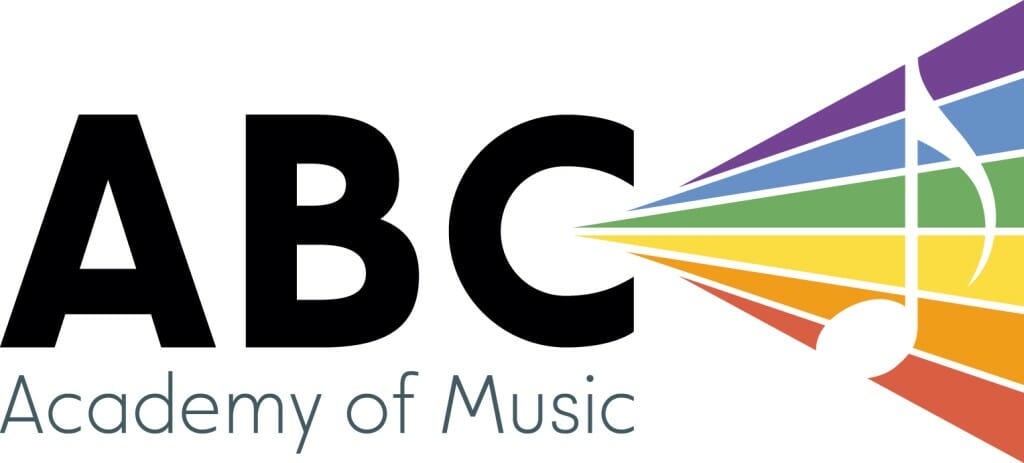Avril – Practice is CUMULATIVE. This means that everything we have been working on, you keep working on, even as we add more stuff. So continue playing around with Auld Lang Syne, analyzing Bohemian Rhapsody, and practicing your scales and chords. In addition, you can work on the first two pages of ‘The Young Pianist’. Just as a challenge: try playing each piece in a different key than it’s written in, and then another. If you have the time, play each piece in THREE different keys – the written key, and two other keys of your choice.
HAVEN & MALEEYA – Work on reviewing the notes in the lines and the spaces in the treble clef. Remember: for lines it’s EGBDF (every good band deserves funding) and for spaces it’s FACE (like that thing your nose sits on). Also, go through your books and clap the rhythms while counting. A quarter note is 1 beat, a half note is 2 beats, and a whole note is 4 beats. Maleeya, you can work on the new song we discussed (Snowman), and you can also practice singing with solfege symbols and hand signs. Do, do re do, do re mi re do, do re mi fa mi re do, etc.
Julie – Focus on the three pieces we have been looking at, as well as major scales in C, G, D, A, and E majors. Focus on the Sicilienne this week, because we may have our violinist next week. Download the following apps: Functional Ear Trainer, and Soundcorset Metronome. You can also review the interval and key signature stuff we worked on. I’ll have it on paper for you next week but for now it can be found at the bottom of this post.
Kristen – Since you were absent today, my advice for you is the same as it was last week: practice your scales and broken chords as we’ve been doing, but add minors too, as follows… MAJOR SCALES in C, G, D, A, and E. NATURAL, HARMONIC, AND MELODIC minor scales in c, g, d, a, and e. BROKEN CHORD SEQUENCE in F, C, & G majors, and d, a, & e minors. Continue playing the prelude and the Czerny repertoire, and transpose every Czerny piece a 5th up.
